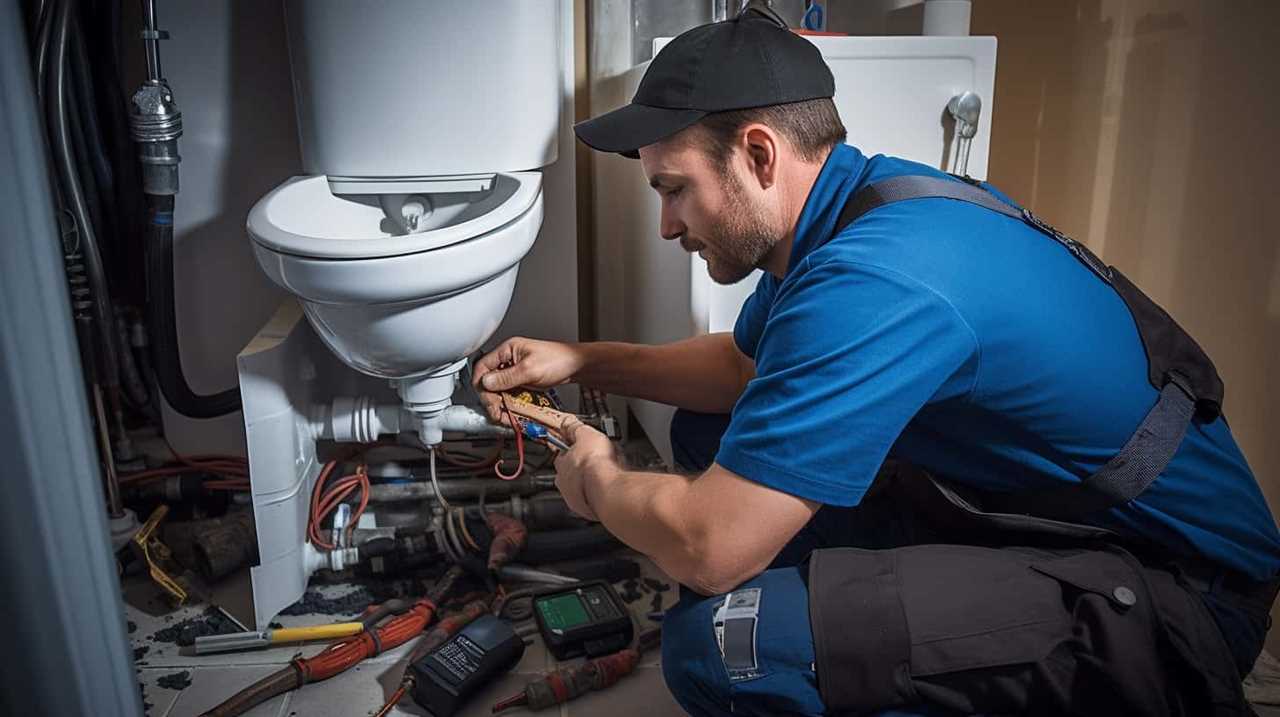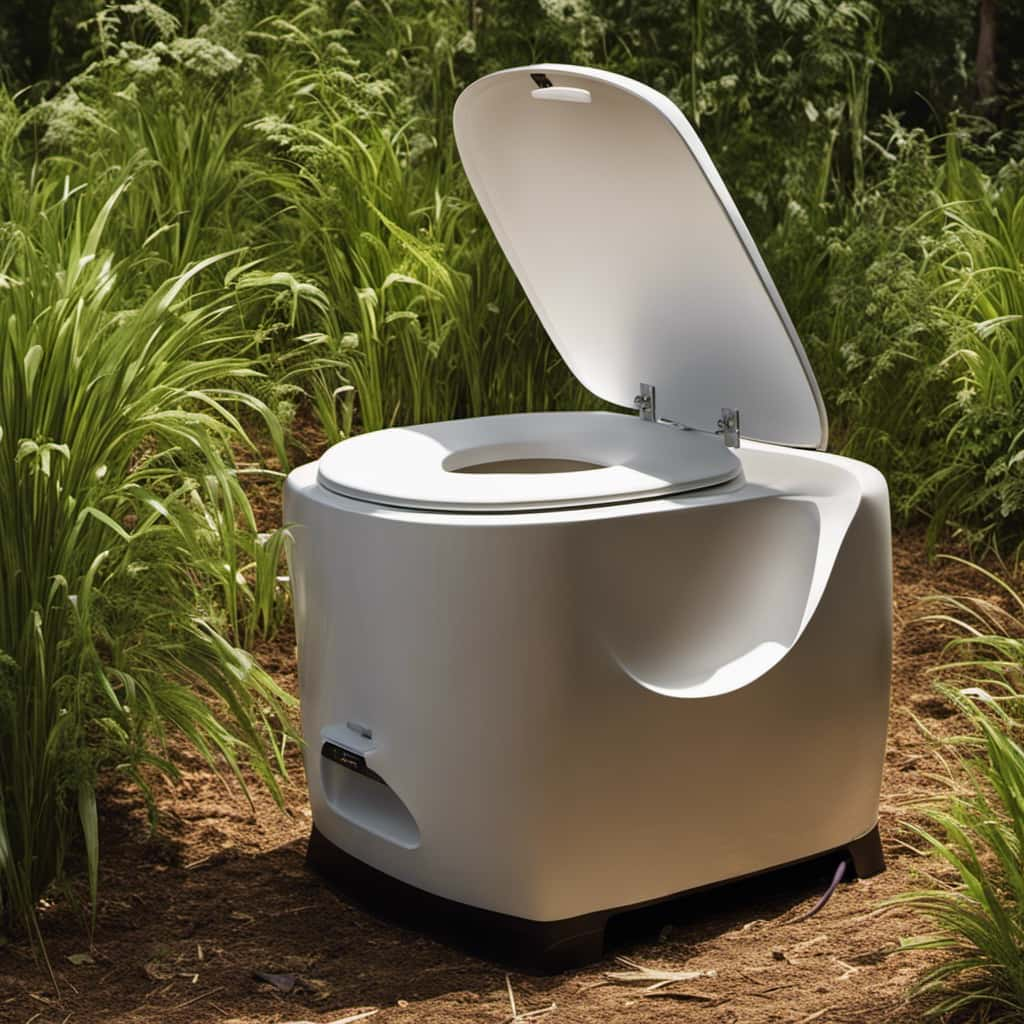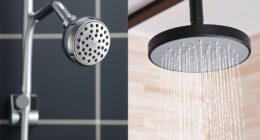Imagine the intricate ecosystem of a septic tank, where bacteria work tirelessly to break down waste. Now, picture the potential disruption caused by something as small as a tampon.
In this article, we delve into the consequences of introducing tampons into septic tanks. We’ll explore the functionality of septic tanks, the impact on bacteria and digestion processes, and the maintenance costs involved.
Join us as we uncover the environmentally-friendly alternatives and disposal methods that can help preserve the integrity of your septic system.
Key Takeaways
- Tampons can accumulate and obstruct wastewater flow, causing backups, overflows, and damage to the septic system.
- Tampons reduce overall bacterial activity and disrupt the natural balance of bacteria in the tank, hindering the breakdown of solids and decreasing efficiency.
- Tampon-related issues can lead to costly maintenance and repair expenses for labor, parts, and equipment, as well as potential medical treatments.
- To maintain septic system health and avoid unnecessary expenses, it is important to use environmentally-friendly alternatives to tampons and educate about proper disposal methods.
Septic Tank Functionality and Composition
We’ll now explore the functionality and composition of a septic tank.

A septic tank is a crucial component of a household sewage system. Its primary function is to separate solid waste from liquid waste and facilitate the decomposition of organic matter. Regular septic tank maintenance is essential to ensure optimal performance and prevent issues such as septic tank odor.
The tank is typically made of concrete or fiberglass and is divided into two chambers. Wastewater enters the first chamber, where solid waste settles at the bottom and forms sludge.
The liquid waste, or effluent, then flows into the second chamber, where further treatment occurs. From there, the effluent is released into the drain field for final purification.
Understanding the functionality and composition of a septic tank is crucial for addressing any potential clogging and blockages that may arise.
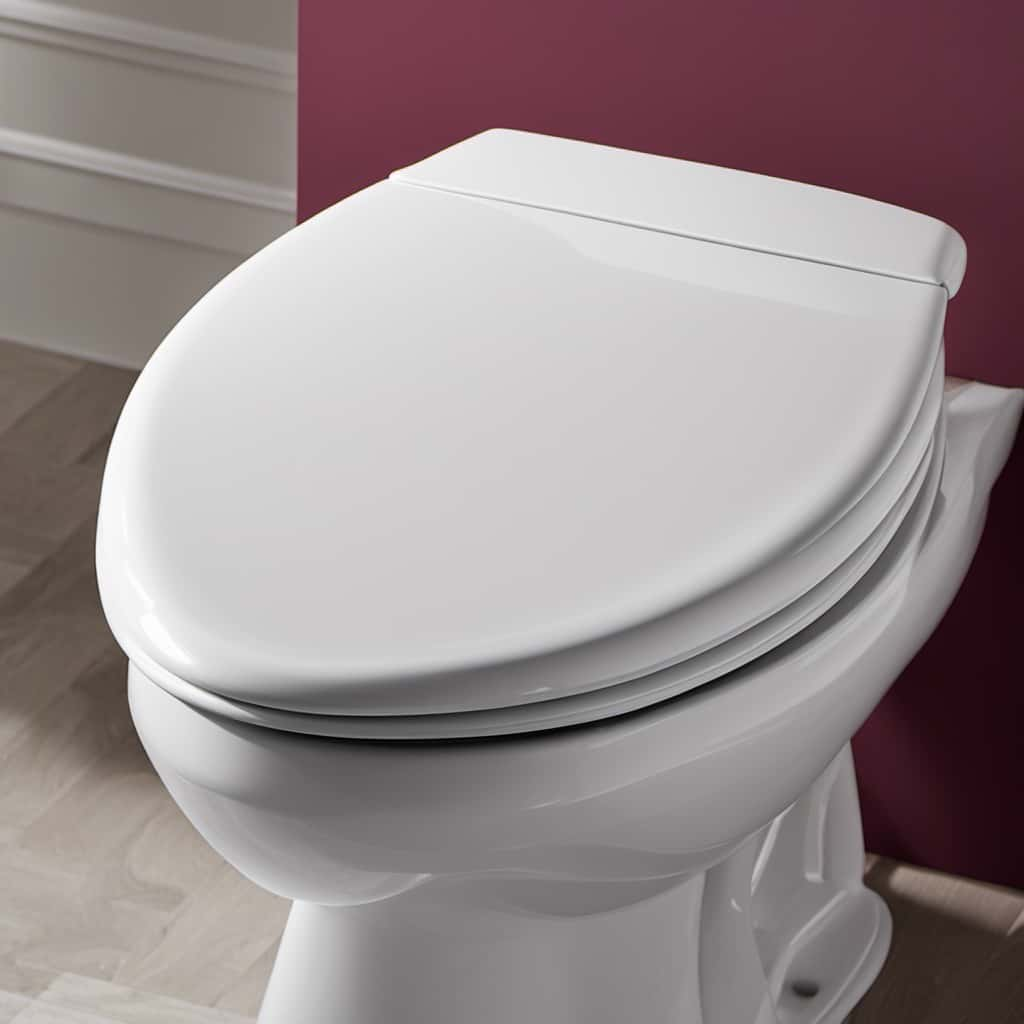
Potential Clogging and Blockages
Now let’s delve into the potential clogging and blockages that can occur in a septic tank. When non-biodegradable items like tampons are introduced into the tank, they can accumulate and obstruct the natural flow of wastewater. This can lead to serious issues such as backups, overflows, and damage to the septic system. To highlight the impact of such blockages, let’s compare the decomposition rates of common toilet paper alternatives in a septic tank.
| Toilet Paper Alternatives | Decomposition Rate |
|---|---|
| Traditional Toilet Paper | 1-2 weeks |
| Biodegradable Toilet Paper | 2-4 weeks |
| Tampons | Non-biodegradable |
It is evident that tampons, being non-biodegradable, do not decompose and can potentially cause significant clogging. Moreover, apart from the direct impact on the septic tank, the accumulation of tampons and other non-biodegradable materials can have adverse effects on groundwater quality, further compromising the environment.
This brings us to the subsequent section, where we will explore the impact of tampons on septic tank bacteria and the digestion process.
Impact on Septic Tank Bacteria and Digestion Process
How does the presence of tampons in a septic tank affect the bacteria and digestion process?

The impact of tampons on septic tank bacteria and the digestion process can be significant. Here are four key ways in which tampons can affect septic tank efficiency and the balance of bacteria:
- Reduced bacterial activity: Tampons aren’t easily broken down by the bacteria in the septic tank, leading to a decrease in overall bacterial activity. This can result in slower digestion of waste materials.
- Imbalance in bacterial composition: The presence of tampons can disrupt the natural balance of bacteria in the septic tank. Certain bacteria responsible for the decomposition process may decrease in number, while others may increase, leading to an imbalance in the tank’s microbial ecosystem.
- Decreased efficiency in waste breakdown: Tampons can hinder the breakdown of solids in the septic tank. This can result in the accumulation of undigested waste, leading to potential blockages and reduced overall efficiency.
- Increased maintenance requirements: The presence of tampons can increase the frequency and intensity of septic tank maintenance. Regular pumping and cleaning may be necessary to prevent clogs and maintain optimal functioning.
Understanding the effect of tampons on septic tank bacteria and the digestion process is crucial for maintaining a healthy and efficient septic system.
Maintenance and Repair Costs
We can now delve into the topic of maintenance and repair costs in relation to the impact of tampons on septic tank efficiency and bacterial balance.
When tampons are flushed down the toilet and enter the septic tank, they can cause blockages and clog the system, leading to potential damage and malfunction. The cost implications of such incidents can be significant. Repairing a septic tank damaged by tampons involves professional intervention, which incurs expenses for labor, parts, and equipment.
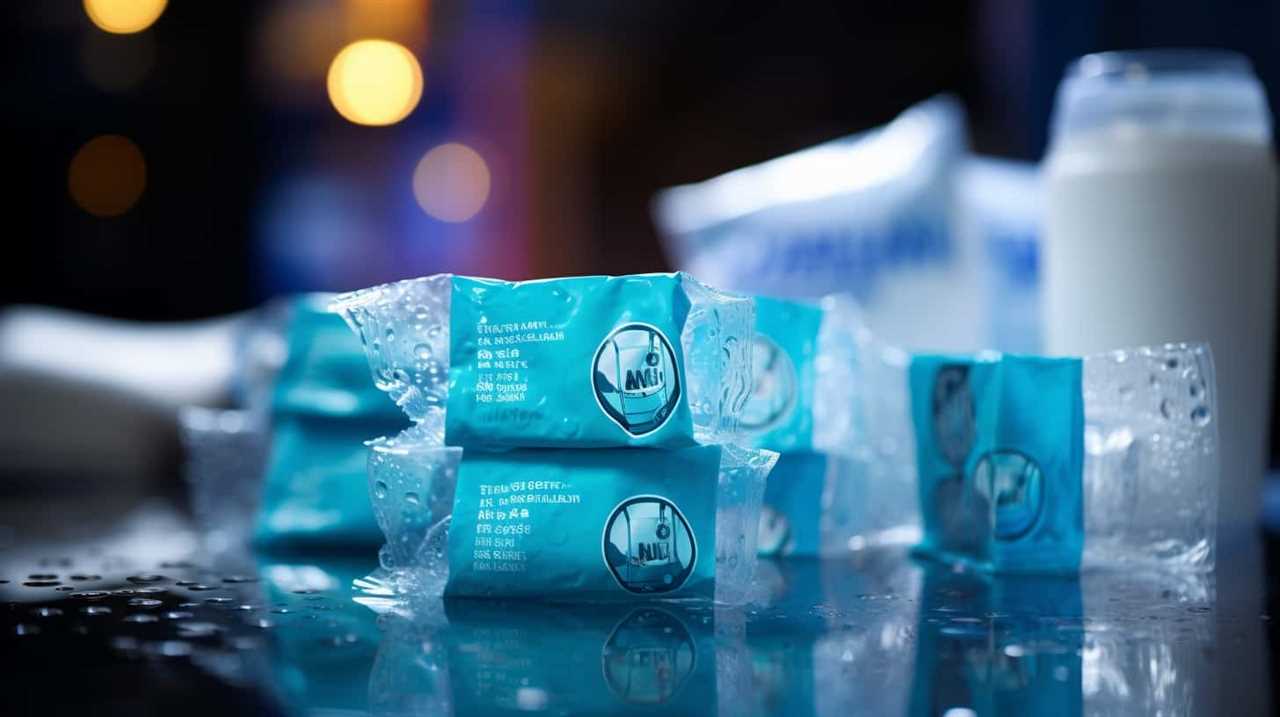
Additionally, the health and safety risks associated with tampon-related issues can lead to costly medical treatments. Moreover, the presence of tampons in the septic tank can disrupt the natural bacterial balance, necessitating the use of chemicals or additives to restore optimal functioning.
These maintenance and repair costs highlight the importance of proper disposal methods to avoid unnecessary expenses and protect the septic system.
Environmentally-Friendly Alternatives and Disposal Methods
To ensure the proper disposal of tampons and minimize the impact on septic tank efficiency and the environment, we can explore environmentally-friendly alternatives and disposal methods.
Here are four options for eco-conscious individuals:
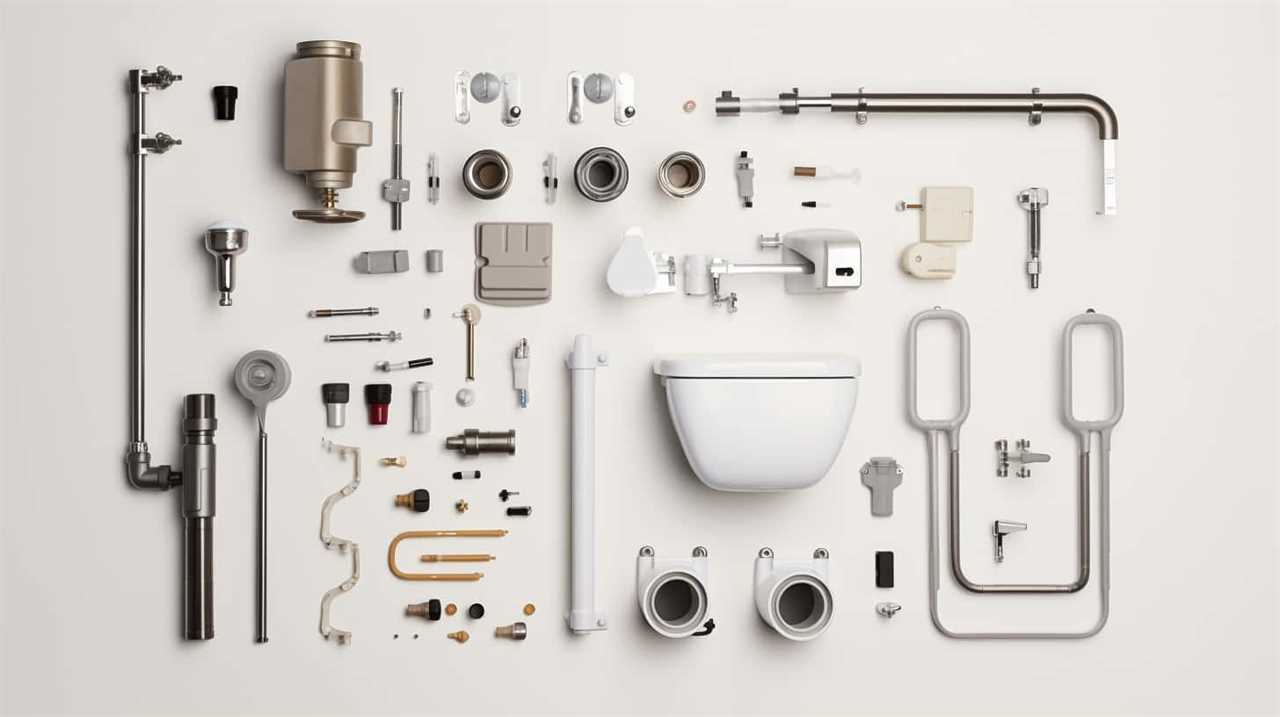
- Reusable Menstrual Products: Consider using reusable menstrual products such as menstrual cups or cloth pads. These options aren’t only more sustainable but also cost-effective in the long run.
- Composting: If you have access to a composting facility or a compost bin in your backyard, you can dispose of used tampons in a compostable bag. Make sure to check local regulations and guidelines before composting.
- Biodegradable Tampons: Look for tampons that are made from biodegradable materials, such as organic cotton or bamboo. These tampons break down more easily in the environment compared to traditional ones.
- Disposal Bags: If you still prefer using disposable tampons, consider using biodegradable disposal bags. These bags are designed to break down over time and reduce the environmental impact of tampon disposal.
Frequently Asked Questions
Can Tampons Be Safely Flushed Down the Toilet?
When considering tampons disposal methods, it is important to understand the environmental impact of flushing tampons. While it may seem convenient, flushing tampons can lead to clogged pipes and damage to septic tanks.
How Often Should a Septic Tank Be Pumped?
We recommend regular septic tank pumping to ensure proper septic tank maintenance. The frequency of pumping depends on various factors such as household size and water usage. Consulting a professional can help determine the ideal septic tank pumping frequency.
Are There Any Chemicals That Should Be Avoided When Using a Septic Tank?
When it comes to septic tanks, it is crucial to be mindful of the chemicals we introduce into the system. Certain chemicals can have a negative environmental impact and should be avoided at all costs.
Can Tampons Cause Damage to the Septic Tank System?
Tampons can have a detrimental environmental impact on septic systems. We recommend exploring alternative options that are compatible with septic tanks, such as menstrual cups or biodegradable pads.

What Are Some Signs That Indicate a Septic Tank Is in Need of Repair or Maintenance?
Signs indicating septic tank repair or maintenance include slow drainage, foul odors, and wet areas around the tank. Regular pumping, avoiding excessive water use, and proper disposal of waste are crucial for its longevity.
Conclusion
In conclusion, placing tampons in a septic tank can have detrimental effects on its functionality and composition. The tampons can cause clogging and blockages, potentially damaging the tank and requiring costly maintenance and repairs.
Furthermore, the presence of tampons can disrupt the bacteria and digestion process in the tank, leading to inefficient waste breakdown.
To avoid these issues, it’s recommended to explore environmentally-friendly alternatives and proper disposal methods. For instance, a case study showed that implementing a regular pumping schedule and educating users on proper waste disposal resulted in improved septic tank performance and reduced maintenance costs.
